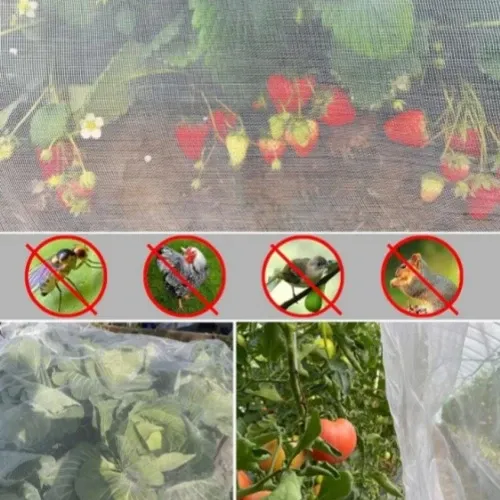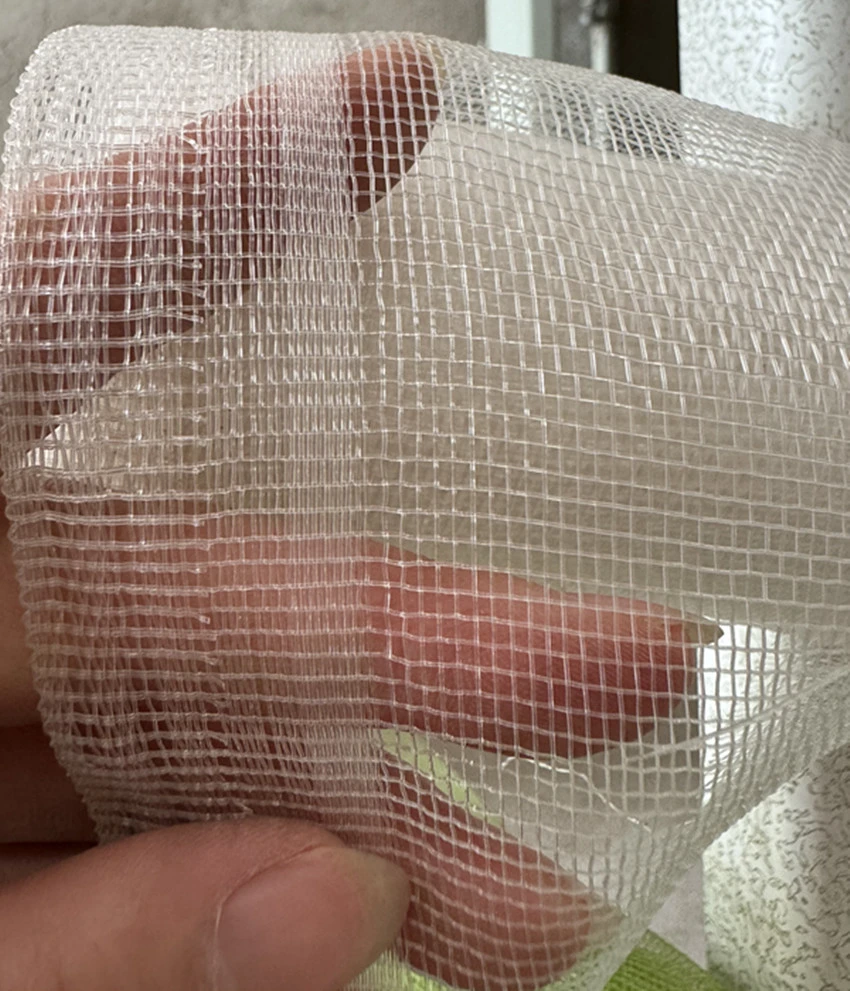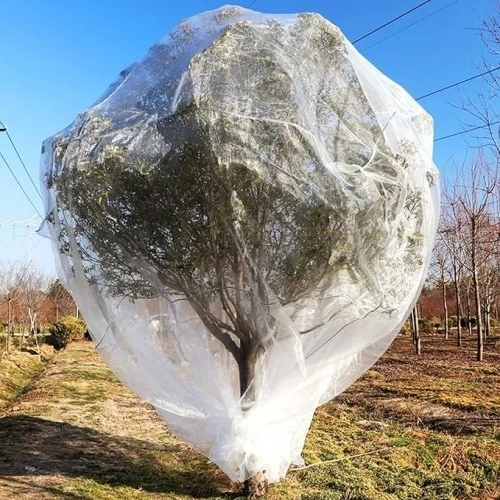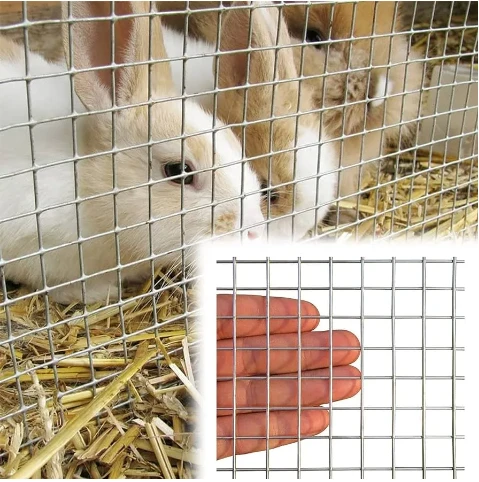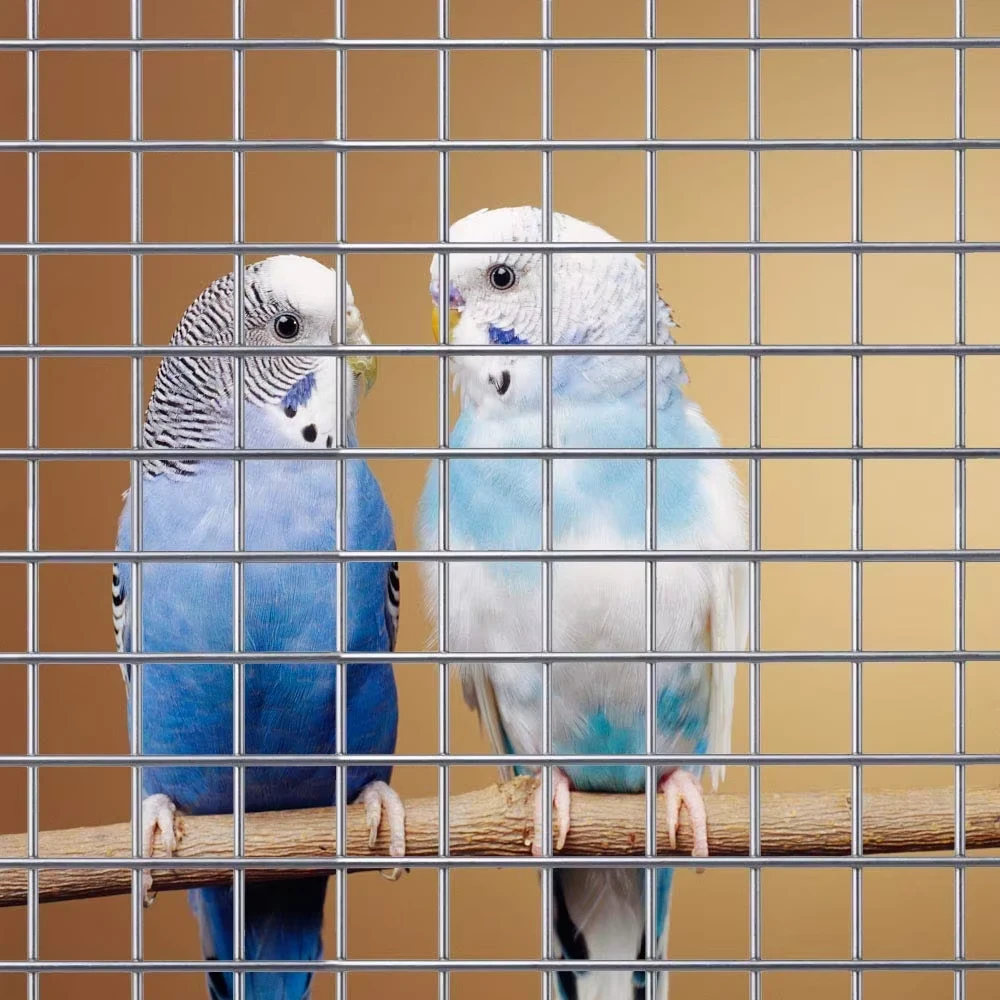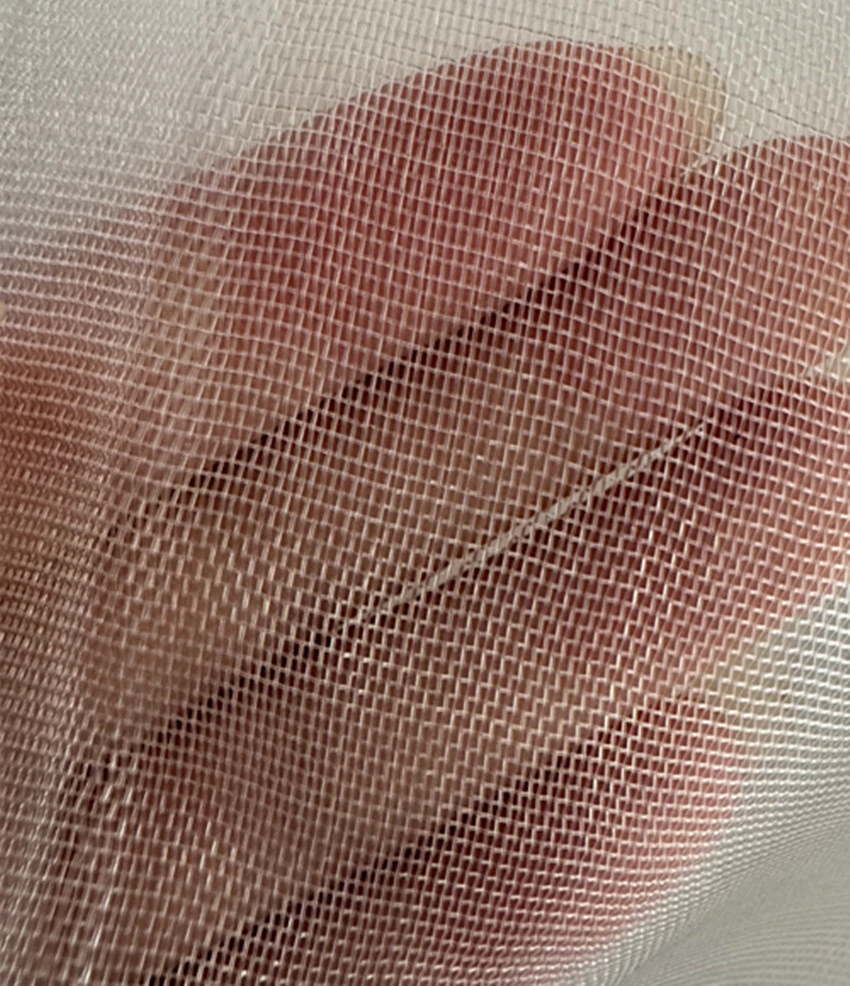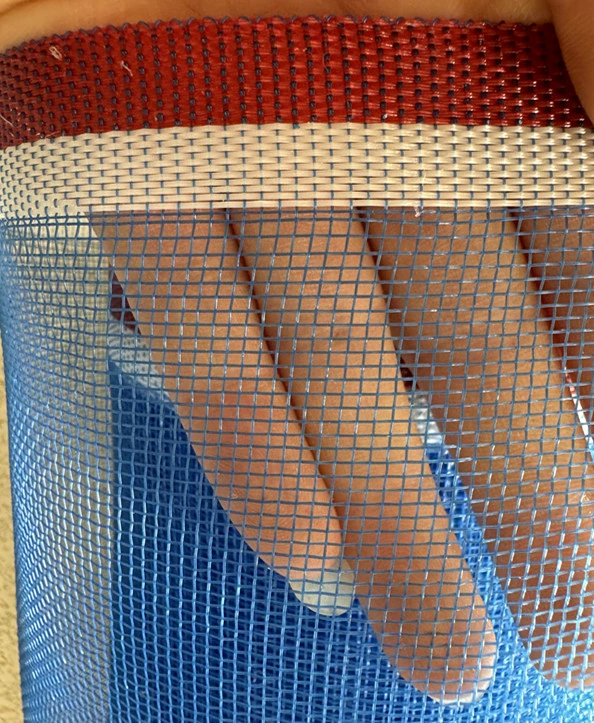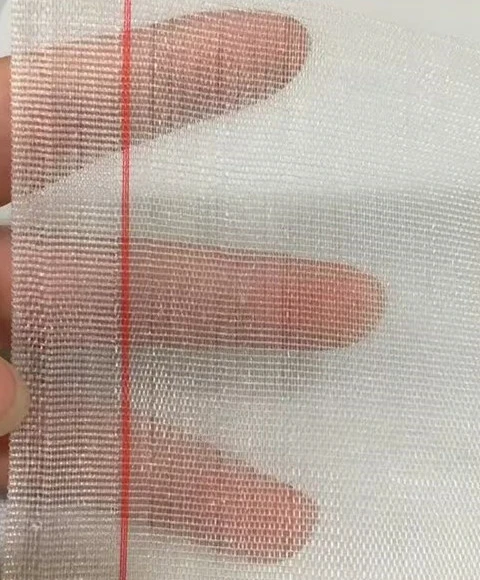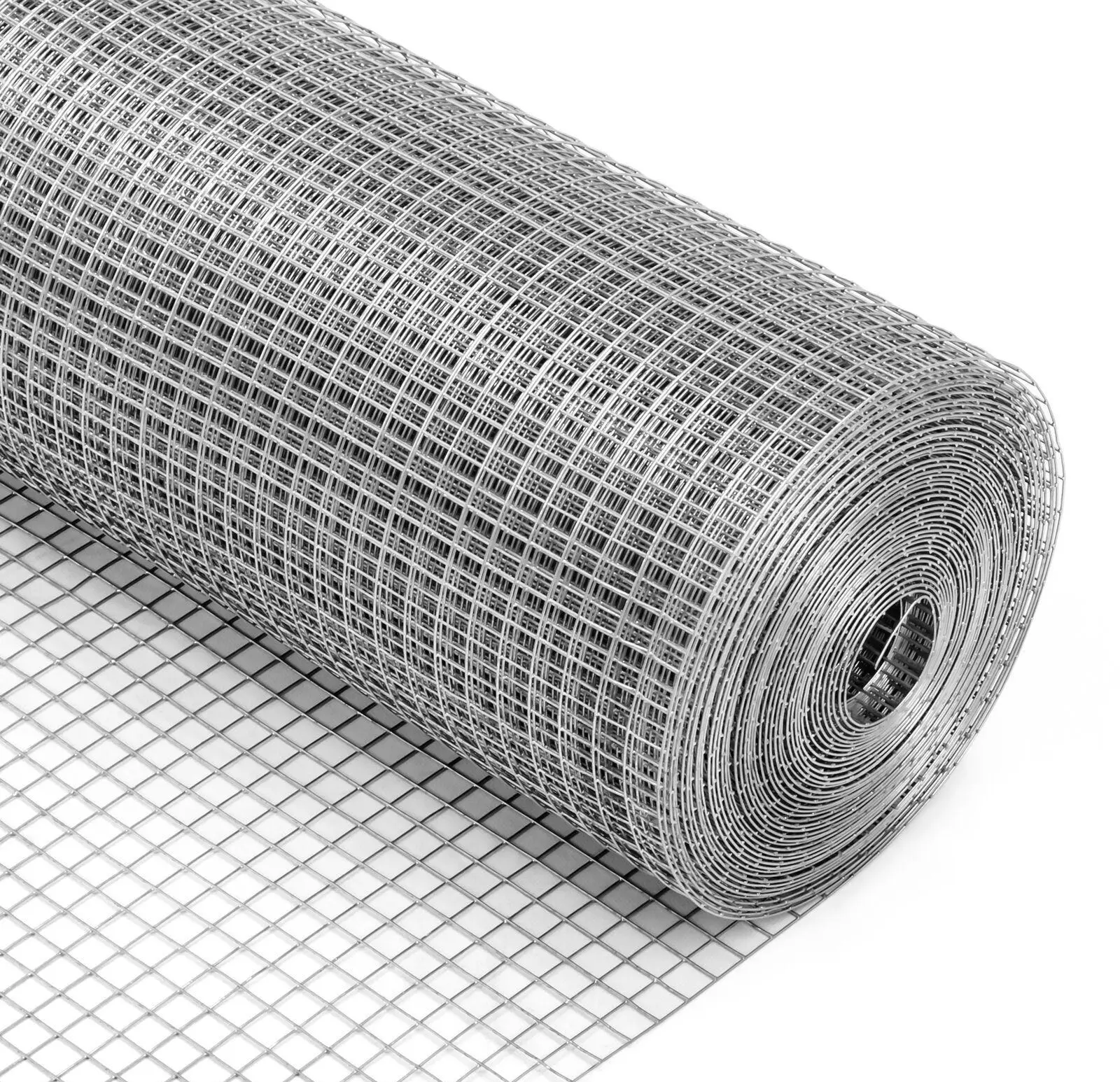-
 ʻApelika
ʻApelika -
 Alapania
Alapania -
 Amahapika
Amahapika -
 Apapika
Apapika -
 Ameniana
Ameniana -
 Azerbaijani
Azerbaijani -
 Pōkē
Pōkē -
 ʻŌlelo Belarusa
ʻŌlelo Belarusa -
 Penekali
Penekali -
 Ponia
Ponia -
 Pukalia
Pukalia -
 ʻŌlelo Katalonia
ʻŌlelo Katalonia -
 Cebuano
Cebuano -
 Kina
Kina -
 ʻŌlelo Kokia
ʻŌlelo Kokia -
 Koalia
Koalia -
 Keka
Keka -
 Kenemaka
Kenemaka -
 Hōlani
Hōlani -
 Pelekania
Pelekania -
 ʻŌlelo Esperanto
ʻŌlelo Esperanto -
 Ekekonia
Ekekonia -
 Pinilana
Pinilana -
 Palani
Palani -
 Frisian
Frisian -
 Kalikia
Kalikia -
 Keokia
Keokia -
 Alemania
Alemania -
 Helene
Helene -
 Kuhalaki
Kuhalaki -
 ʻŌlelo Haiki
ʻŌlelo Haiki -
 Hauka
Hauka -
 ʻŌlelo Hawaiʻi
ʻŌlelo Hawaiʻi -
 Hepela
Hepela -
 ʻAʻole
ʻAʻole -
 Miao
Miao -
 Hunakalia
Hunakalia -
 ʻĀinahau
ʻĀinahau -
 igbo
igbo -
 ʻInikonia
ʻInikonia -
 Ipelana
Ipelana -
 Ikalia
Ikalia -
 Kepanī
Kepanī -
 Kawanī
Kawanī -
 Kanākā
Kanākā -
 ʻŌlelo Kazaka
ʻŌlelo Kazaka -
 Khmer
Khmer -
 Rwandan
Rwandan -
 Kolea
Kolea -
 ʻŌlelo Kurdish
ʻŌlelo Kurdish -
 ʻŌlelo Kyrgyz
ʻŌlelo Kyrgyz -
 TB
TB -
 ʻŌlelo Lākni
ʻŌlelo Lākni -
 Lakiwiana
Lakiwiana -
 ʻŌlelo Lituania
ʻŌlelo Lituania -
 ʻŌlelo Lukemapuka
ʻŌlelo Lukemapuka -
 Makekoni
Makekoni -
 Malagasy
Malagasy -
 Mālei
Mālei -
 Mālealama
Mālealama -
 Malkī
Malkī -
 ʻŌlelo Māori
ʻŌlelo Māori -
 Malapi
Malapi -
 ʻŌlelo Monokolia
ʻŌlelo Monokolia -
 Maianamara
Maianamara -
 Nepali
Nepali -
 Nolewai
Nolewai -
 Nolewai
Nolewai -
 ʻOkitana
ʻOkitana -
 ʻŌlelo Pashto
ʻŌlelo Pashto -
 Pelekia
Pelekia -
 Pōlani
Pōlani -
 Pukikī
Pukikī -
 ʻŌlelo Punajabi
ʻŌlelo Punajabi -
 Lomānia
Lomānia -
 Lukia
Lukia -
 Sāmoa
Sāmoa -
 Gaelika Sekotia
Gaelika Sekotia -
 ʻŌlelo Serbia
ʻŌlelo Serbia -
 Pelekania
Pelekania -
 Shona
Shona -
 Kiniki
Kiniki -
 Sinhala
Sinhala -
 Kolowakia
Kolowakia -
 Kolewenia
Kolewenia -
 ʻŌlelo Somalia
ʻŌlelo Somalia -
 Kepania
Kepania -
 ʻōlelo Sunda
ʻōlelo Sunda -
 Kawahili
Kawahili -
 Kuekene
Kuekene -
 Kakalo
Kakalo -
 Tajika
Tajika -
 Kamili
Kamili -
 Tatar
Tatar -
 Keluku
Keluku -
 Kailani
Kailani -
 Tureke
Tureke -
 ʻŌlelo Kuleke
ʻŌlelo Kuleke -
 Ukrainian
Ukrainian -
 Urdu
Urdu -
 Uighur
Uighur -
 ʻUzbek
ʻUzbek -
 Vietnamese
Vietnamese -
 Welsh
Welsh -
 Kokua
Kokua -
 Yiddish
Yiddish -
 Yoruba
Yoruba -
 Zulu
Zulu
ʻO nā mea a pau e pono ai ʻoe e ʻike e pili ana i ka ʻupena Anti-Insect
ʻO nā mea a pau e pono ai ʻoe e ʻike e pili ana i ka ʻupena Anti-Insect
ʻO ka ʻupena anti-insect he ʻupena māmā i hoʻohana ʻia no ka pale ʻana i nā iniseti. Hana ʻia ia mai ka ʻupena i ulana ʻia a i ʻole ka ʻupena i ulana ʻia. ke hana nei ia i mea pale pono ke kau ʻia.
Hoʻolauna
Pono ke kahua o ka agronomy i ka hana ikaika. Ma waho aʻe o nā hana paʻakikī a me ka hana kino, aia pū kekahi me ka hakakā ʻana i nā pests.
ʻO ka mea pōmaikaʻi, i nā makahiki, ua holomua ka ʻenehana. A i kēia manawa aia nā ʻano hoʻomaha like ʻole i hana ʻia e ke kanaka. ʻO ka mea pōmaikaʻi, ʻaʻole pono lākou i ka hoʻoikaika kino. ʻO kekahi o lākou ke kau nei i ka ʻupena anti-insect.
- he aha ka ʻupena anti-insect?
- He aha nā pōmaikaʻi o ka loaʻa ʻana o ka ʻupena anti-insect?
- He aha nā hemahema o ka ʻupena anti-insect?
- Pehea e hoʻouka ai?
- A pehea e koho ai i ka mea hana?
Manaʻo mākou e hōʻiliʻili i nā ʻike āpau āu e pono ai.

He aha ka ʻupena pepeke?
ʻO ka ʻōlelo maʻalahi, he ʻupena anti-insect he ʻupena māmā i hoʻohana ʻia no ka pale ʻana i nā iniseti. Hana ʻia ia mai ka ʻupena i ulana ʻia a i ʻole ka ʻupena i ulana ʻia. Eia naʻe, ua like ia me nā pale.
As it is a thin fabric, it allows sunlight to enter, and it doesn’t block the rain. The only ones that a mesh is stopping are the insects.
Thanks to 100% polyethylene, a mesh is strong and durable. Plus, it is forming an effective barrier when installed over the garden netting hoops.
Depending on the tissue’s density, nets prevent pests’ entry into greenhouses and hothouses. The size, of course, depends on what the farm grows. Not all pests attack the same type of plants- and it all affects the kind of netting.

He nui nā ʻupena no nā māla waina a me nā māla waina o 17 maka. Mālama ia i ka hale ʻōmaʻomaʻo mai nā nalo, nā nalo, a me nā mu. He waiwai nui kēlā me nā hua waina papaʻaina.
Upena o 25 mesh are usually at the side opening of the greenhouse. This type of mesh is of the smallest size. That means that it will prevent the tomato moth’s penetration inside the construction. It is necessary to bury the net at half a meter depth. In that way will larvae won’t get into the production space’s interior.
ʻO nā ʻupena hōʻoiaʻiʻo maʻamau no ka mālama ʻana i nā ʻili o ka ea 50 mesh i ka nui. He UV-kū'ē ka mea, a ua ulana ʻia i ka ʻenehana monofilament. Hoʻopaʻa lākou i ke komo ʻana o nā lice, thrips, whiteflies, a me nā miners lau.
Optinet 40 mesh a i ʻole 32 mesh hoʻohana ʻo ia i nā ʻano optical a me ke kino o ka mana thrips. He hopena maikaʻi loa ia no ka ulu ʻana i ka pepa. Akā, kūpono ia no nā ʻano ʻē aʻe i pili i nā thrips. ʻO ka hoʻokomoʻana i kaʻupena e hele ma nāʻaoʻao.
No laila, e noʻonoʻo e pili ana i ke ʻano o ka pale e pono ai kāu mau mea kanu ma mua o ke koho ʻana i kahi mea e kūʻai ai.
ʻUpena kūʻē i nā pepeke
He aha nā pōmaikaʻi o ka loaʻa ʻana o ka ʻupena anti-insect?
ʻO nā kumu e pono ai ka ʻupena insect mesh i ka māla ʻana:
1. It is protecting the plants from pests’ attacks. Plus, you’re saving yourself from the risk of allergies,
2. He wahi hoʻopukapuka liʻiliʻi, ʻoi aku ka liʻiliʻi o ke kumu kūʻai ma mua o ka nalowale ʻana o nā mea kanu ma muli o nā iniseti.
3. ʻO ka maikaʻi maikaʻi ka lōʻihi lōʻihi,
4. He paʻa i ka wā ʻino a me ka anti-corrosion,
5. There are different mesh sizes & dimensions, depending on the plants’ needs,
6. He maʻalahi ka hoʻonohonoho ʻana, ʻaʻole hoʻoikaika nui,
7. It has UV stabilization and it doesn’t have a thermal effect,
8. ʻAʻole mea ʻawaʻawa ka ʻupena anti-insect, pili kaiapuni
9. Ka hoohana ana i insecticides e hoemiia
10. E hoʻonui ʻia ka meaʻai me ka pollution ʻōmaʻomaʻo.
ʻO ke kau ʻana i kahi poloka kino e hoʻemi i ka pono no nā lāʻau kemika.
The garden chemicals break down into many elements, and some of those are metabolites. As you may aren’t aware, metabolites tend to be toxic. This further means that pesticides can be harmful to humans.

ʻO nā ʻupena paʻa ʻino hāʻawi i ka palekana i nā ʻupena, pinepine me ka piʻi ʻole o ka mahana. Ma waho aʻe, he pale kūpono ia i ka makani. Kāohi pū lākou i ka ua nui. A ʻo ia hoʻi ka hōʻemi ʻana i ka pōʻino i hiki i nā kulu ua nui ke hana i nā hale lepo.
Ke loaʻa ka mea kanu i ka maʻi me ka nui o nā pests, ʻoiai pesticides hiki ole ke kokua. ʻO ia ke kumu ʻoi aku ka maikaʻi o ka ʻupena. A, ʻoiaʻiʻo, ʻoi aku ka nui o ka malu e alakaʻi i nā mea kanu olakino a me nā mea kanu nui.
He aha nā hemahema o ka ʻupena anti-insect?
Depending on the type of plants you’re growing, anti-insect netting might not be for you. Nets don’t have any thermal effects. And it is even increasing temperature. But, it can still cause some problems. If your crops need to be provided with extra warmth or frost protection, this is not the right product for you.
Hiki i ka ʻupena anti-insect, ma kekahi ʻaoʻao, ke paipai i nā slugs a me kekahi mau maʻi.
Aia kahi kiʻekiʻe haʻahaʻa i ka wā e ulu ana ka mea kanu ma lalo o ka mesh. ʻO ia ke kumu o ka maʻi o ka mea kanu, e like me ʻO Botrytis a haʻahaʻa paha pulupulu.
ʻO nā slugs a me nā snails hiki ke huki ʻia e ka haʻahaʻa kiʻekiʻe ma lalo o ka mesh pū kekahi.
ʻOiai ʻaʻole ia he ʻōlelo paipai, i kekahi manawa pono ʻoe e wehe i kāu mea kanu. ʻO ke kumu, e like me kāu e hoʻoholo ai, ua kaupalena ʻia ke komo ʻana i nā nāhelehele. Akā ke ʻike ʻoe iā ia, aia ka pilikia o nā pests e komo i loko o ka mesh. A i ka manawa e hana ai, e māhuahua koke lākou.
Inā pā ka ʻupena i ka lau o ka mea kanu, hiki i nā ʻōpala ke waiho hua ma ka ʻupena. Akā, kakaikahi kēia inā i hana pono ʻia ka hoʻonohonoho ʻana.
As we said, the anti-insect nets are suitable for strawberries and courgettes. Bu these plants shouldn’t be growing under mesh during their flowering season.
Pehea e hoʻohana ai i ka ʻupena anti-insect?
Cover plants or seeds right after planting or sowing. Be sure the pests didn’t already infect your plants. And then leave it covered until harvest.
Be careful to plants don’t be cramped because they grow under net covers. Take care when covering so that plant has enough space to grow.
ʻO ka helu koʻikoʻi e hoʻomanaʻo me ʻupena ant-insect ʻo ia ka mea e pono ai e uhi i ka huaʻai holoʻokoʻa. ʻO ia hoʻi mai luna a lalo. E loaʻa ana i nā ʻōpala, ʻo nā pepeke hoʻi, kahi lua me ka liʻiliʻi.
A ʻo ke ala kaulana loa a lākou e ʻike ai no ke komo ʻana, ʻo ia kahi e kau ai ka ʻupena ma ka honua. ʻO ia ala, ʻo ka manaʻo e kūʻai i ka ʻupena ākea. Ma ia ala, hiki iā ʻoe ke kanu i ka lepo ma nā kihi.
Don’t take off the net when you’re watering your plants. Just let the water go through it. Only take it off in the time of flowering if crops depend on pollination by bees.
He aha nā ʻano mea kanu āu e uhi ai?
ʻO kēlā me kēia mea kanu e like me ke kāpeti, ka broccoli, ka puaʻa, kāloti, celery, spinach, aniani, a me ka letus. Mai ka hua, pono ia he strawberries, raspberries, a me currants.
He aha kāu e pale pono ai me nā ʻupena anti-insect?
Inā kūʻai ʻoe i ka mesh kūpono, mai nā mea ʻino ʻino e hoʻouka i nā mea kanu a me nā holoholona. ʻO nā mea maʻamau ka paka keʻokeʻo, nā miners lau, aphids, a me nā thrips.
E hoʻomanaʻo ʻaʻole lawa ka hoʻokomo ʻana i ka ʻupena anti-insect no ka hana pono. Aia kekahi mau hana ʻē aʻe āu e hana ai. ʻO ka hale ʻōmaʻomaʻo i mālama ʻole ʻia he kumu ia o nā maʻi a me nā pests no nā mea kanu. No laila, ʻo ka hoʻoulu ʻana i nā mea kanu kūleʻa e komo i kahi wahi i mālama maikaʻi ʻia. ʻO ia ka luku ʻana i nā nāhelehele e pili ana i nā puka ʻōmaʻomaʻo āpau. A me ka hoʻomaʻemaʻe a me ka disinfection o ka hale kōmaena.

Pehea e koho ai i kahi mea hana maikaʻi?
ʻO ka manaʻo nui e noʻonoʻo i nā mea aʻe e hoʻoholo ai i kāu koho ʻana i ka ʻupena pepeke:
1. Price (don’t forget to check how postage cost),
2. Ka lōʻihi o ke ola i manaʻo ʻia (ua lōʻihi paha ia),
3. The amount of light that will go within the mesh (you don’t want to take away the sunlight from your plants),
4. The mesh’s weight is essential. It is supposed to be light, especially if you plan to place it on your plants without aid,
5. The manufacturer’s reputation is crucial. Don’t buy mesh on the internet without reading about the fabric. If you do so it may be a fraud and in that case, you won’t receive what you thought the product would be.
Ka hopena
Agriculture is one of the biggest industries. That means it is a worthy cause of job vocation across the world. Besides, it plays a crucial role in the country’s economy. But what is so good about it? It enables people to make their food. If done correctly, it will be high-quality food.
No nā kaukani makahiki, ua hoʻolōʻihi ʻia ka hoʻomohala ʻana i ka mahiʻai. I kēia manawa ua hoʻololi hope ke kūlana. Ua maʻalahi ka hana a me ka holomua o ka ʻenehana. ʻO ka ʻupena anti-insect no ka ʻoiaʻiʻo he hoa maikaʻi loa ia no nā mahiʻai āpau.
E like me kā mākou i ʻike ai, aia kahi ʻāpana makemake ʻole i ka hoʻohana ʻana i kēia huahana. Akā ʻaʻohe huahana kūpono, hoʻokahi wale nō kokoke i ka hemolele. I kēia manawa, ʻo ka ʻupena anti-insect ka mea maikaʻi loa iā mākou i ka hakakā ʻana me nā pests.
-
Why Construction Steel Mesh is the Backbone of Modern InfrastructureNūhouJun.27,2025
-
The Ultimate Solution for Versatile Industrial and Consumer ApplicationsNūhouJun.27,2025
-
Smart Breeding Starts Here: The Ideal Breeder Net for GuppiesNūhouJun.27,2025
-
Maximize Your Harvest with Smart NetNūhouJun.27,2025
-
High-Performance Steel Mesh Solutions for Modern IndustryNūhouJun.27,2025
-
Durable Solutions for Modern Agriculture and LandscapingNūhouJun.27,2025




